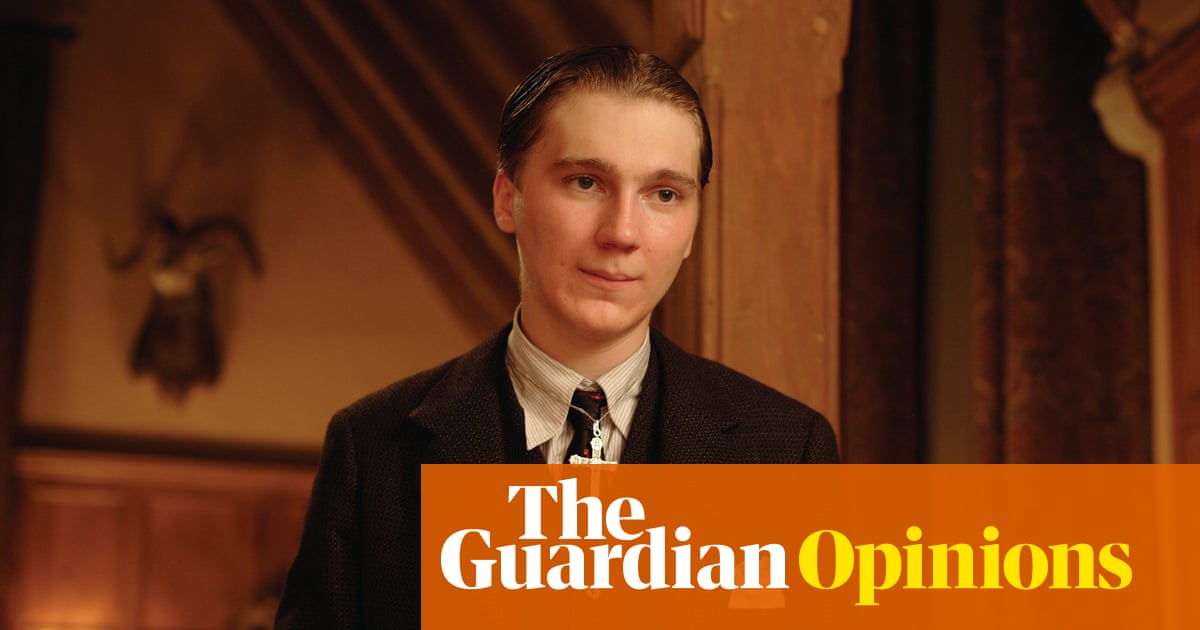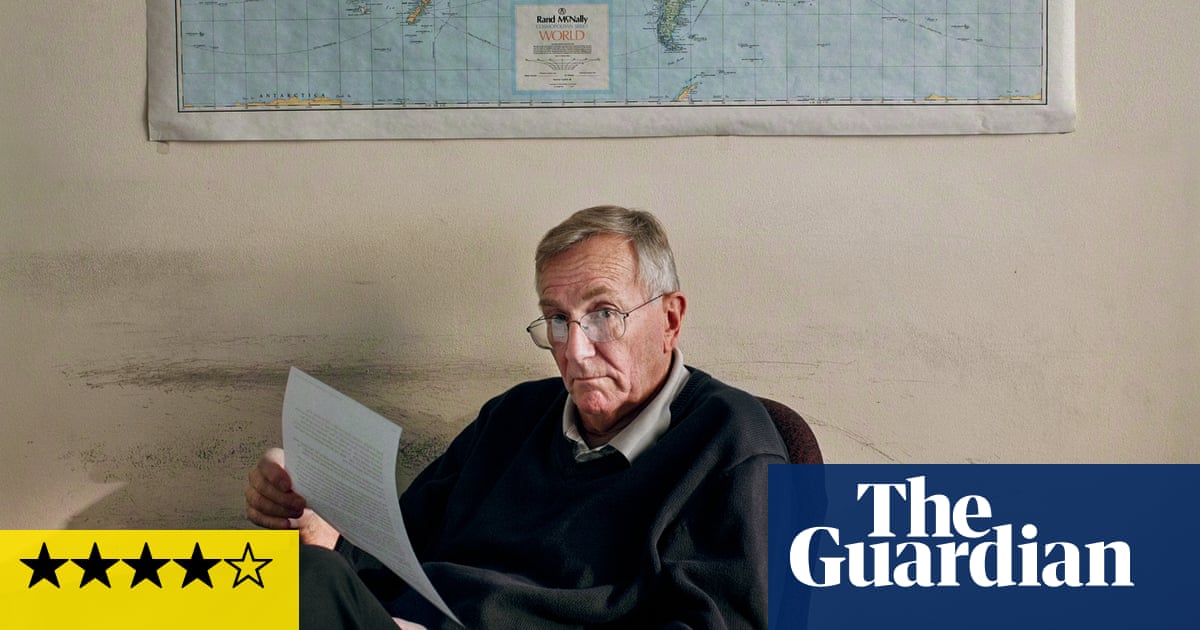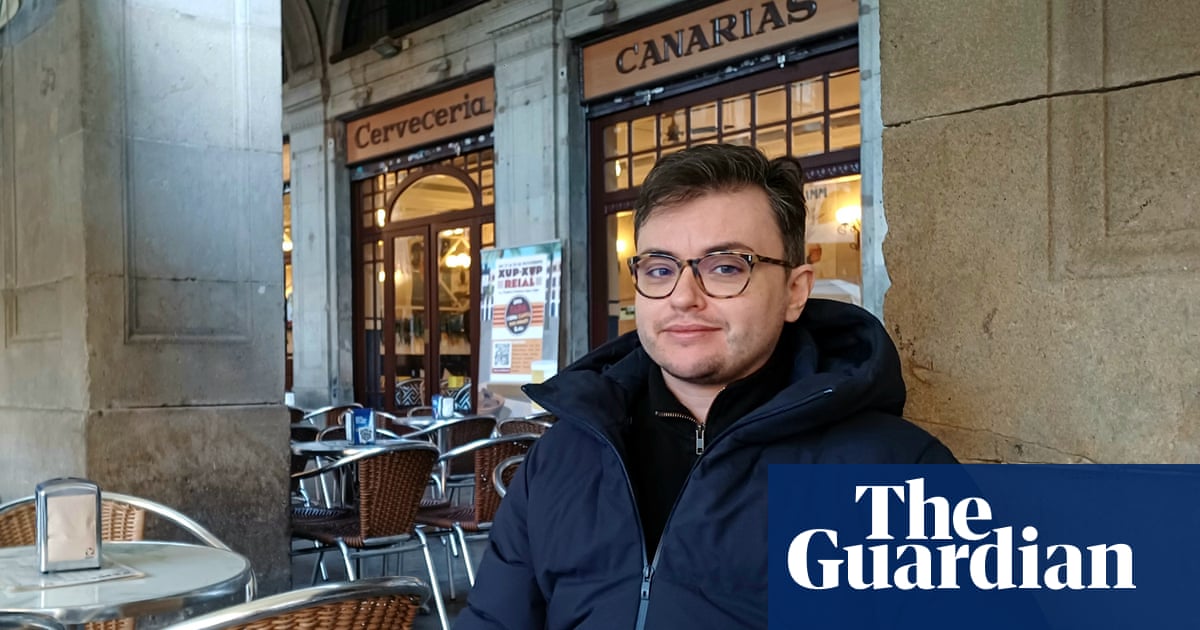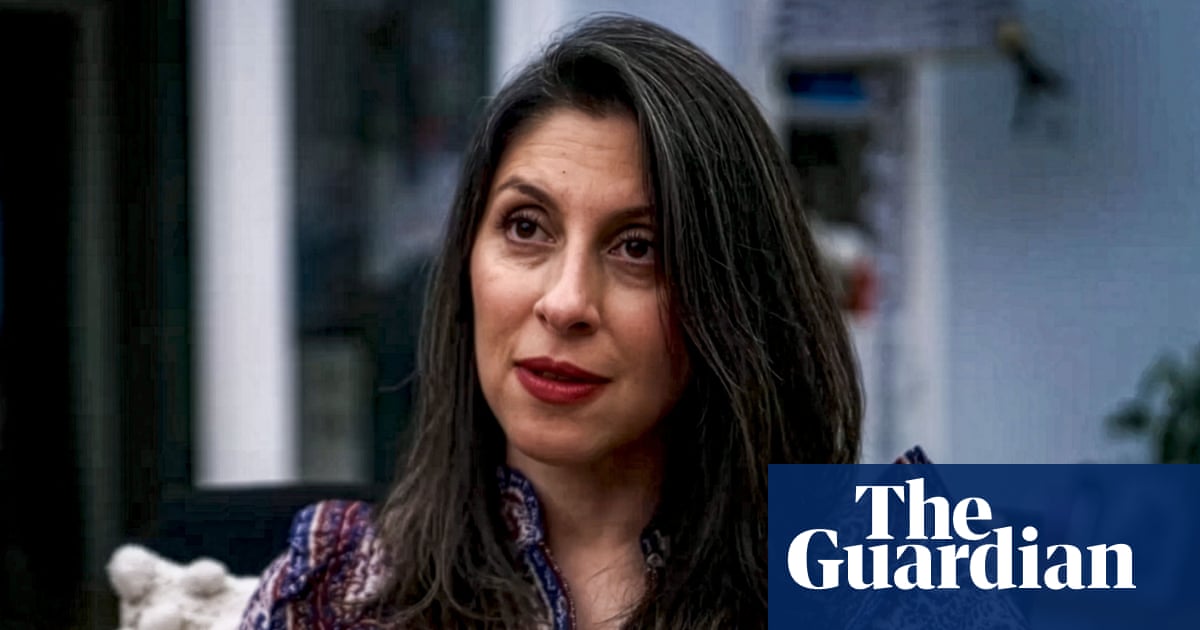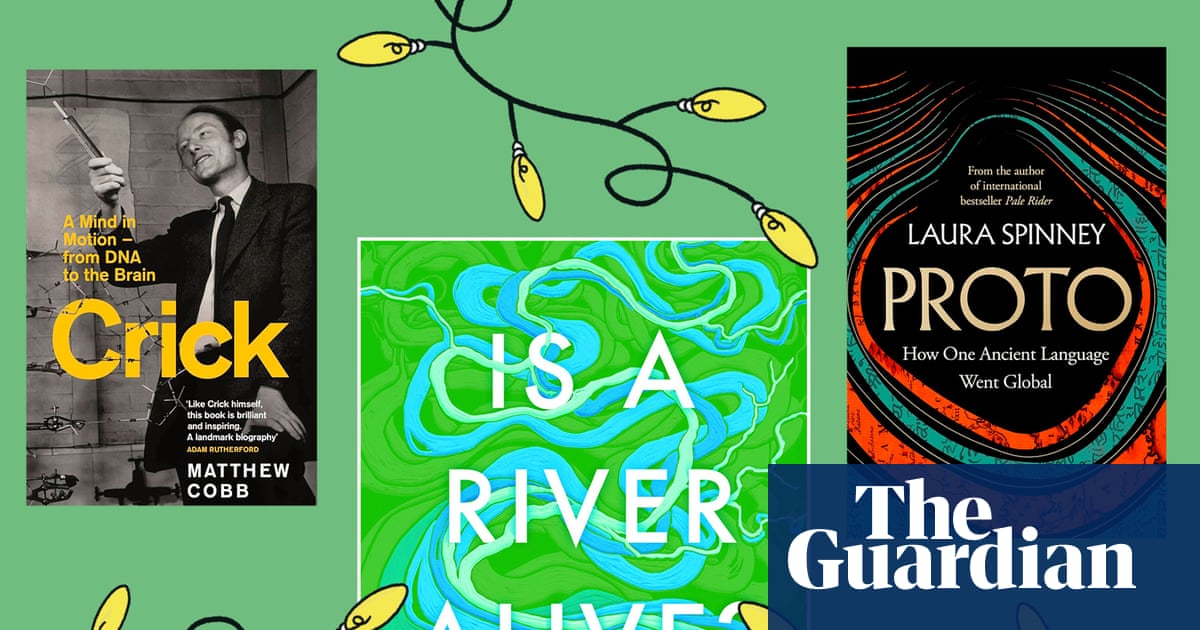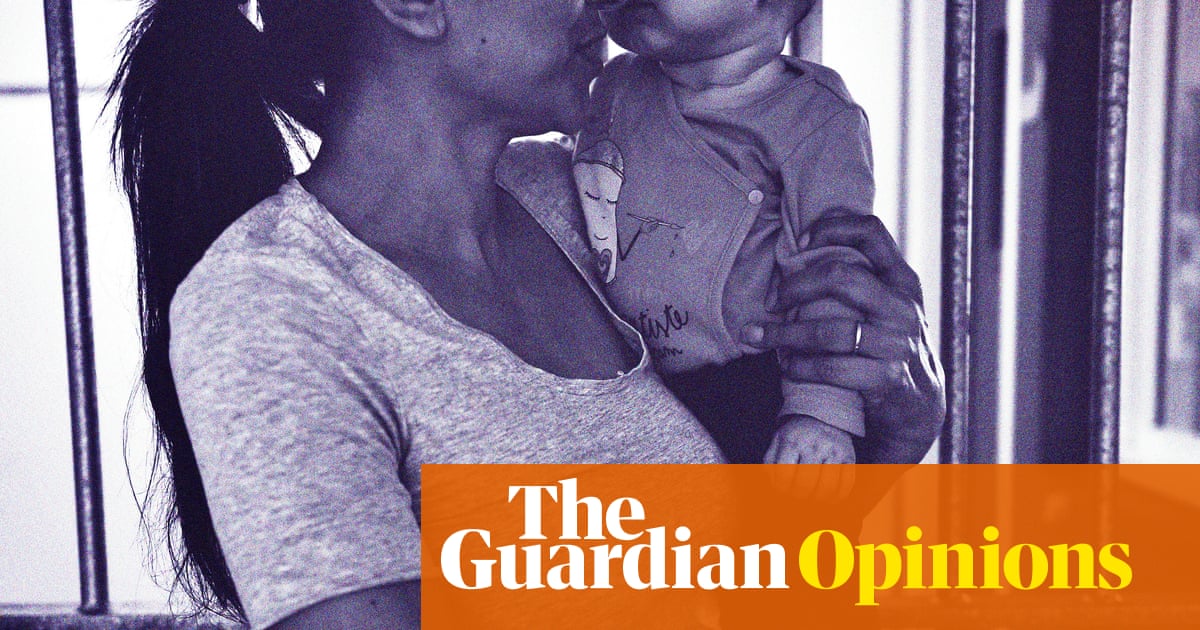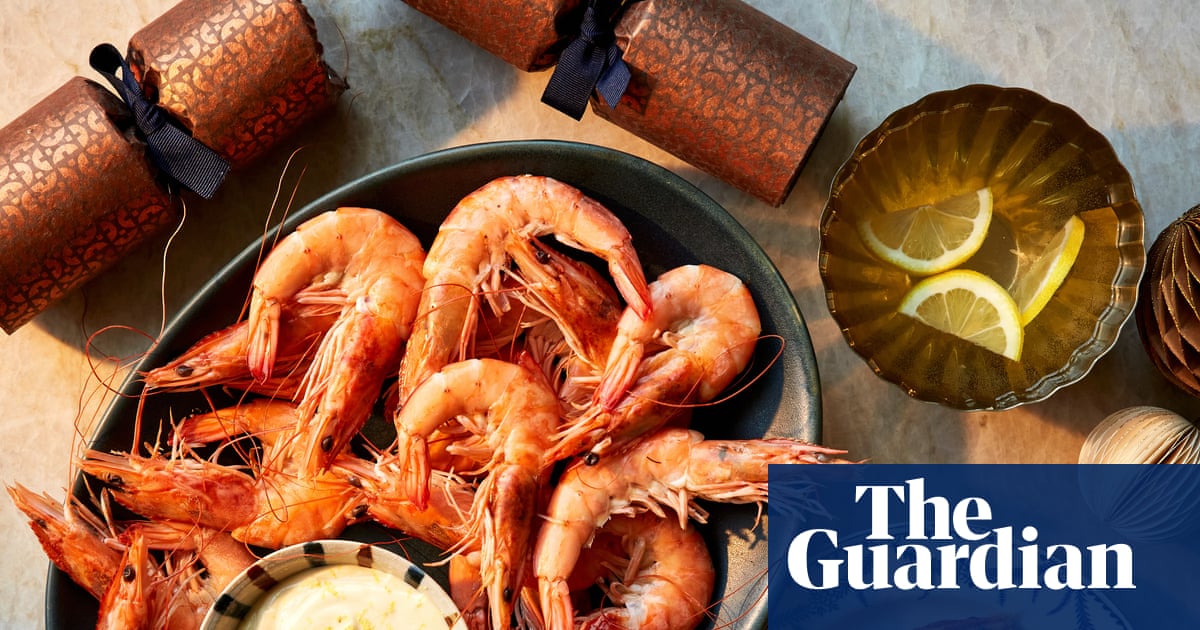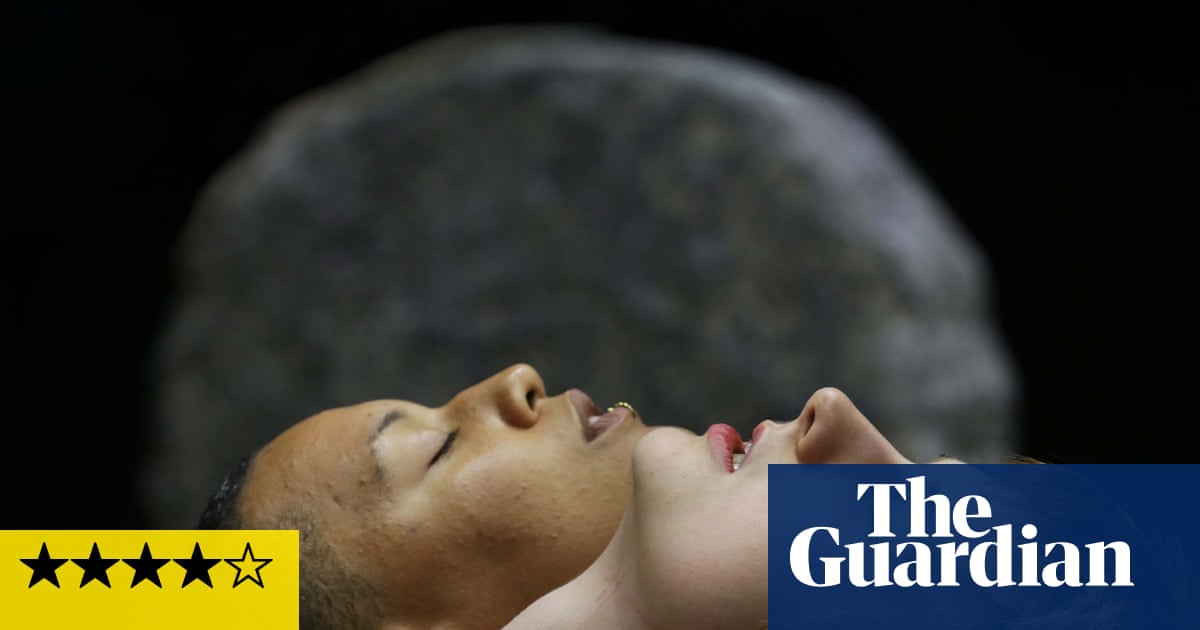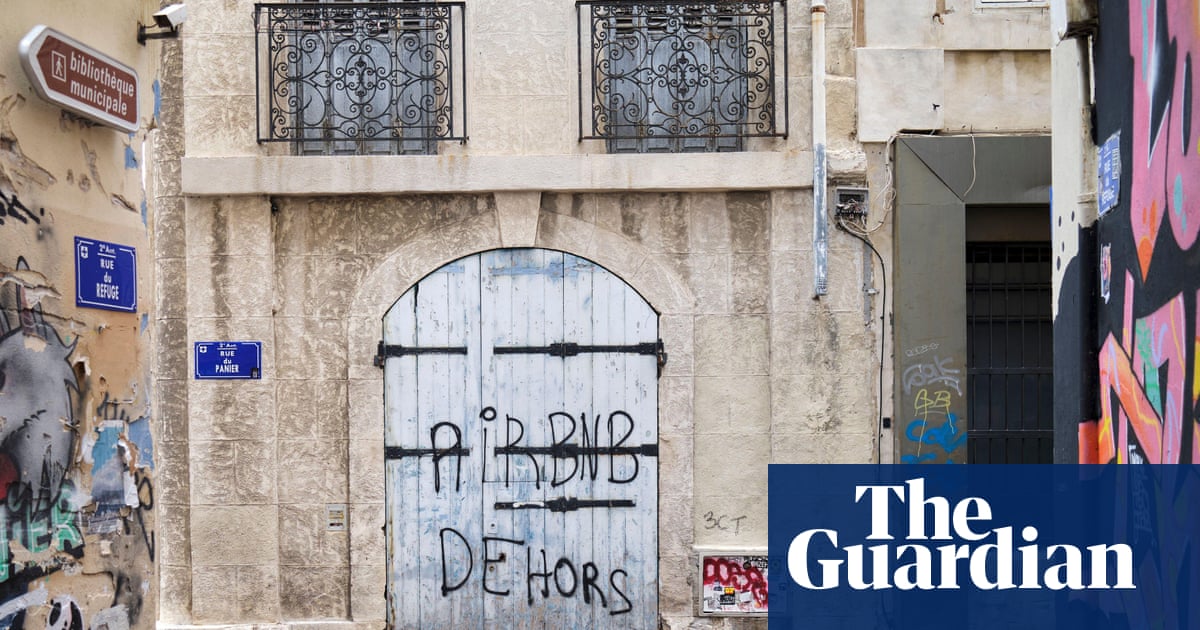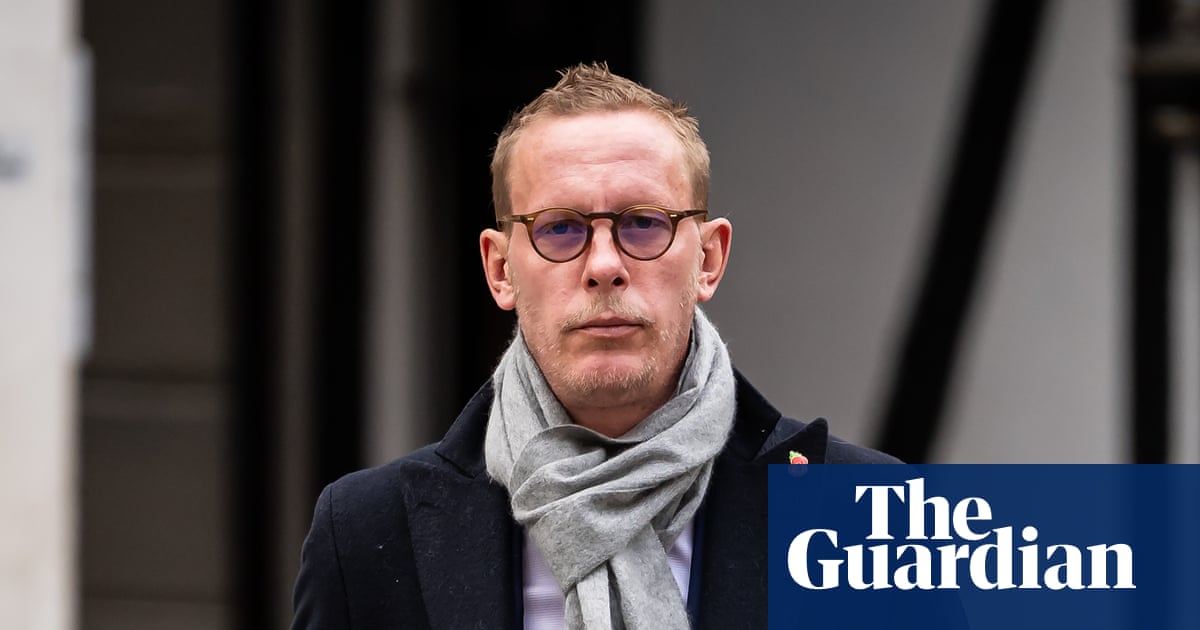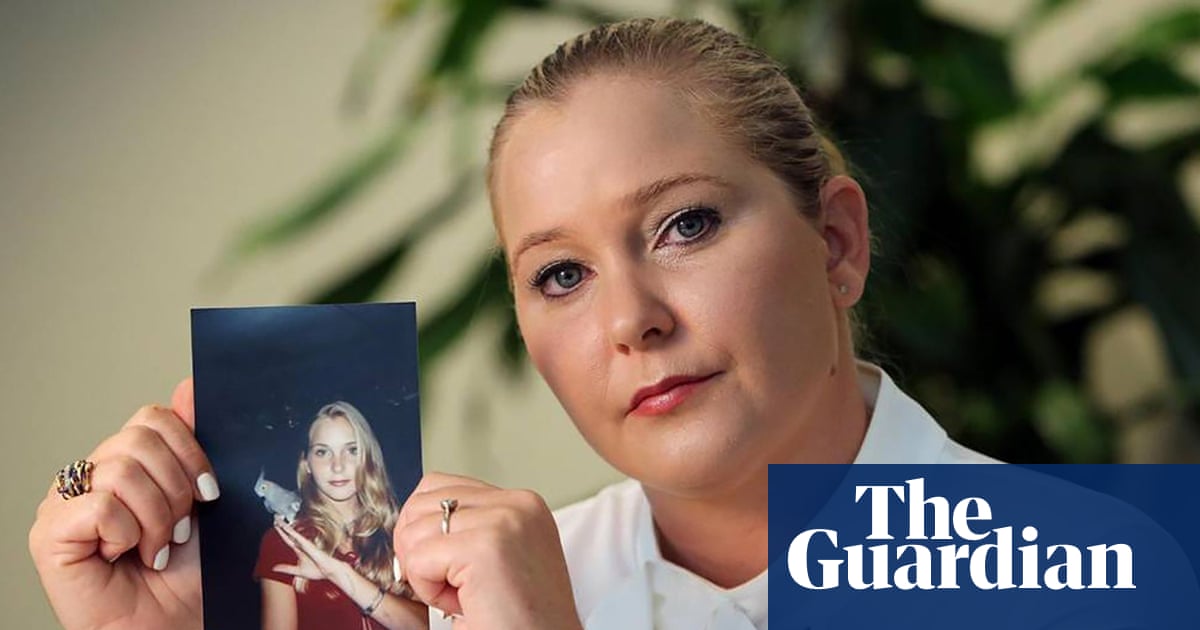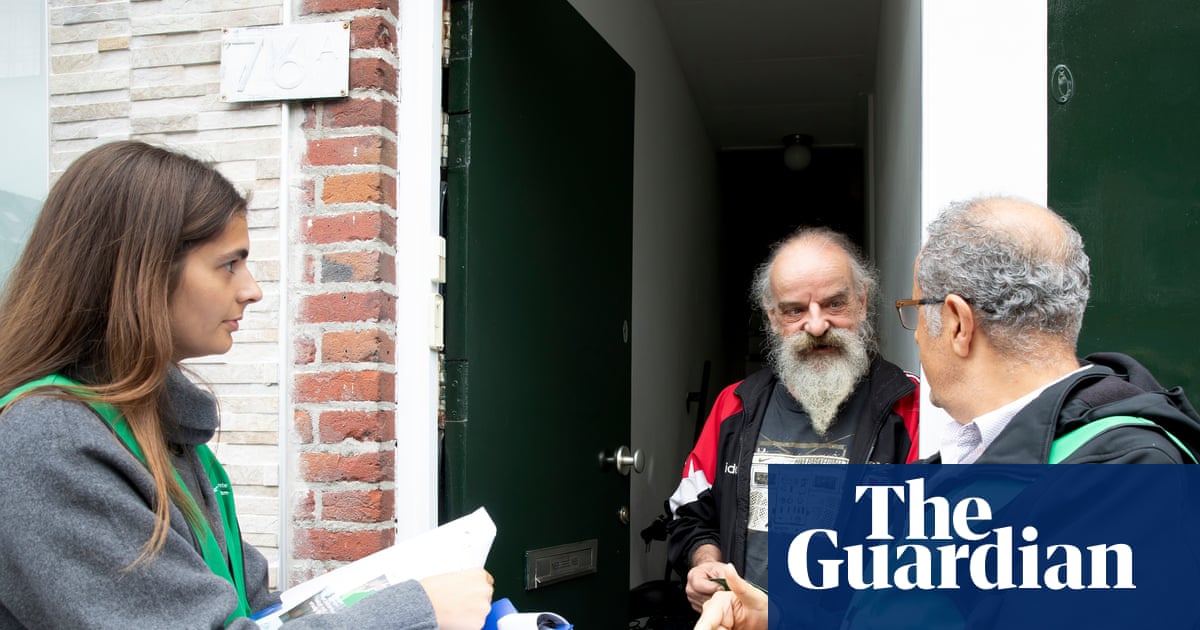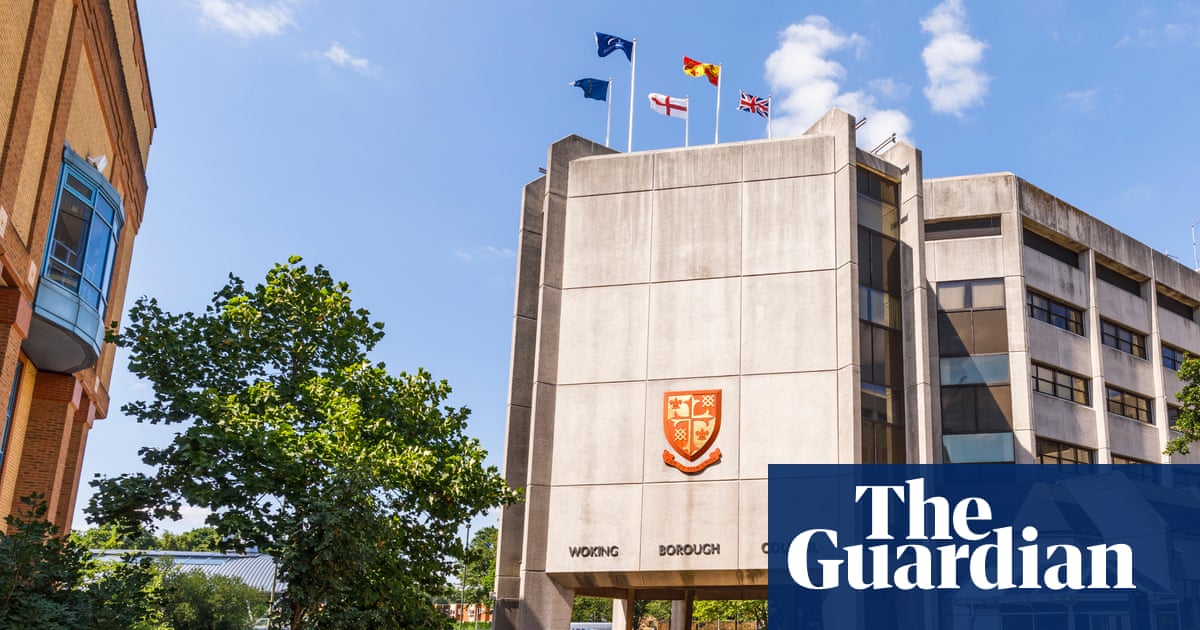For more than four decades, Sheila Canby, who has died aged 76 from complications of lung cancer, devoted her working life to Islamic art, and to the arts of Iran in particular.
She published extensively, created groundbreaking exhibitions – notably at the British Museum in London – and oversaw the installation of new galleries at the Metropolitan Museum of Art in New York.
Between 1991 and 2009, she was the curator of Islamic art and antiquities at the British Museum. In 1993, she published Persian Painting, an introduction to the museum’s important holdings. As in all her writing, she spoke effectively to both academics and general readers.
Sheila believed in the role that museums could play in enhancing the understanding of cultures with difficult politics. Her first exhibition, Princes, Poets and Paladins, in 1998, introduced audiences to a dazzling array of masterpieces that included Persian, Mughal and Ottoman paintings from the magnificent collection of Prince and Princess Sadruddin Aga Khan, with whom she had forged a close relationship, and it was accompanied by an authoritative catalogue.
Her second exhibition at the British Museum cemented her reputation, and confirmed the museum’s serious engagement with Iran. Sheila and the museum’s director, Neil MacGregor, came up with a plan for Shah Abbas: The Remaking of Iran, a 2009 exhibition connected to one of the great Islamic dynasties of Iran, the Safavids. The dynasty had previously been the subject of Hunt for Paradise: Court Arts of Safavid Iran 1501-1576, her 2003 exhibition at the Asia Society, New York.
She began a long period of research, of visits to Iran, often accompanied by her friend and colleague Vesta Sarkhosh Curtis, seeking objects to bring to London. All this involved patience and diplomacy, and Curtis was struck by how quickly Sheila forged relationships with her Iranian colleagues, and how much her knowledge, curiosity, and her admiration for Iranian art and her love of the country and its people brought her huge respect. Her volume The Golden Age of Persian Art 1501-1772 (1999) had already received the International Farabi festival award.
This respect for her scholarship secured loans not only from Iran, but from Russia, Germany, France, the US and private collections. “In 2009, political relations were not easy,” said MacGregor, “but curators in Iran and elsewhere wanted to lend to her exhibition.”
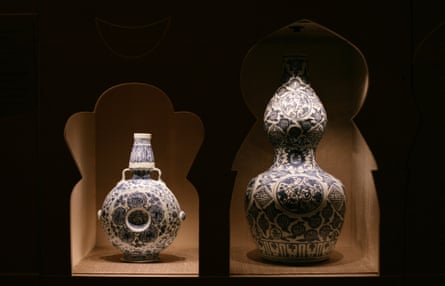
The Shah Abbas exhibition, which took place in the museum’s Round Reading Room, was glorious: paintings, carpets and at its heart a magnificent evocation of Isfahan, Shah Abbas’s capital. Sheila was convinced, MacGregor said, that architecture – both external and internal – needed to be present. A display of projections on to two parallel screens that she devised gave the visitor the impression of being inside some of the great palaces, shrines or mosques. She had a profound commitment to style, seeing it as a key to the history and the aspirations of a state through time.
There were rave reviews, and the exhibition catalogue is a standard work on the subject. Diplomacy was in overdrive: the Iranian vice-president as well as the director of the National Museum of Iran attended the opening, where Jack Straw, then foreign secretary, gave a speech in which he apologised for Britain’s involvement in the coup that had overthrown the government of Mohammad Mossadegh in 1953.
Published at around the same time was Persian Love Poetry, a collaboration with Curtis that paired works by the great Iranian poets such as Hafez and Sa‘di with beautiful Persian paintings and drawings.
Barely had the Shah Abbas exhibition been taken down than Sheila received the call from the Metropolitan Museum of Art. Taking over as the curator in charge of the department of Islamic Art in 2009, she oversaw the last stages of the landmark reinstallation of the department’s collections, which opened in 2011.
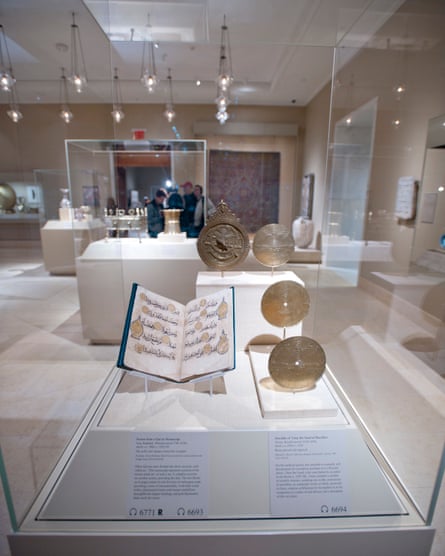
With a staggering 1,000 objects on display across 14 galleries, the beautiful and accessible displays tell stories highlighting craft, patronage and the role of individual artists. For Sheila these objects were humanising, showing “beauty and achievement and even a sense of humour”. She oversaw one more landmark exhibition, Court and Cosmos: The Great Age of the Seljuqs, in 2016, with a focus on art and culture in medieval Iran and Anatolia. On retirement in 2019 she became curator emerita.
Born in Wilmington, Delaware, Sheila was one of the three daughters of Elizabeth (nee Gawthrop) and Henry Canby, a lawyer. After leaving the Ethel Walker school in Simsbury, Connecticut, she went to Vassar College, in Poughkeepsie, New York, graduating in 1970 with a degree in French art.
It was through her first job, as a curator at the Museum of Fine Arts in Boston, that she fell in love with the arts of Iran, and this led her to enrol at Harvard University, where she completed a master’s degree in 1981 with a dissertation on the 17th-century Isfahani painter Reza Abbasi (which she was later to turn into the 1996 book The Rebellious Reformer), followed by a PhD, The Assimilation of European Influence on Later Safavid Painting.
She had met John Voss Jr, an investment banker, in Cairo in 1977. They married the following year, and their son, Tobias, was born in 1985.
Through the 1970s and 80s, Sheila held curatorial and research positions at the Brooklyn Museum, the Los Angeles County Museum, the Philadelphia Museum of Art, and the Fogg Art Museum at Harvard. Then, after a period in Bahrain, John’s work took him to London in the late 80s and in 1991 Sheila took up her post at the British Museum. When she was appointed to the Met, the family returned to live in the US.
Her colleagues and friends will remember her not only as a great scholar and curator, but as someone warm and funny, always helpful and accessible, and interested in everything.
Sheila is survived by John, Tobias and her sisters, Marjorie and Elizabeth.

.png) 1 month ago
45
1 month ago
45






